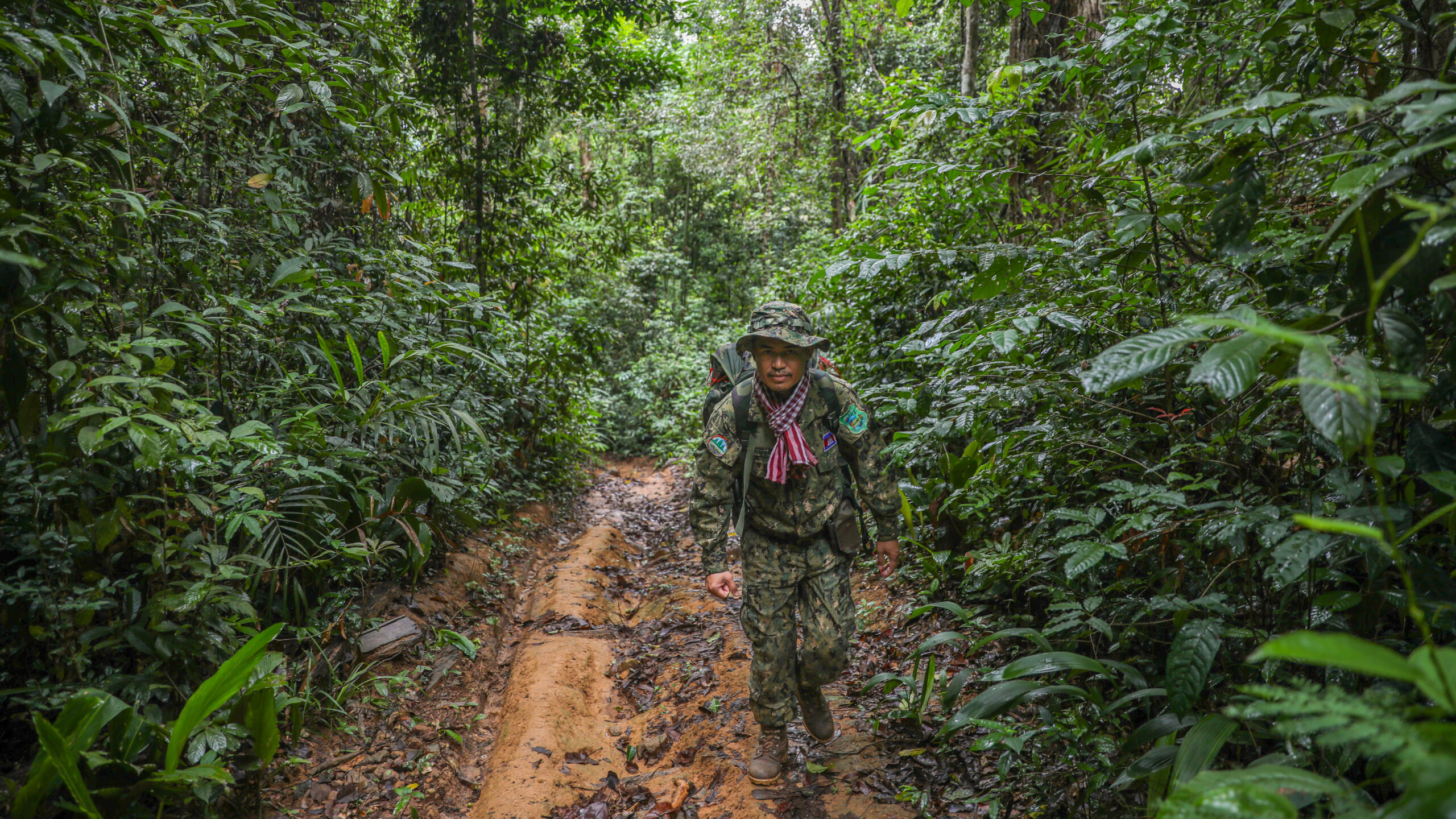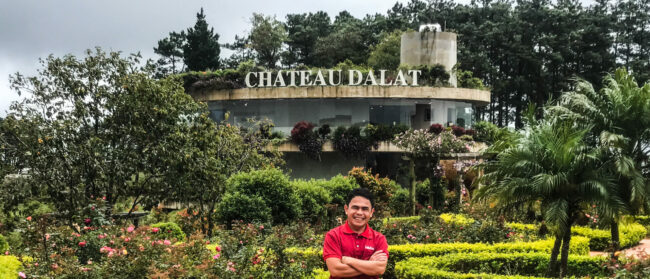As monsoonal rains rusted the charred skeleton of a logging truck, vines wrapped around the blackened vehicle seemed to drag it deeper into the wilderness.
Not far from the truck down an old logging trail, rangers in Cambodia’s Virachey National Park conducted a biodiversity survey within the protected area, much of which is unexplored. The dense forest is one of the last relatively untouched landscapes in the fast-developing Mekong region.
“Logging and poaching is an issue but the park has a way of protecting itself,” said Thon Soukhoun, who has been a ranger since the forest became a national park in 1993. “Nowhere in the country is like Virachey, it is Cambodia’s gem.”
Nestled in the Kingdom’s northeastern corner on the borders of Laos and Vietnam, Virachey was among the first Cambodian forests declared a protected area 30 years ago. At more than 3,300 square kilometres – nearly five times the size of the capital, Phnom Penh – it was the largest national park in the country at the time.
But as Southeast Asia races to cut reliance on fossil fuels, partly through climate finance schemes, Cambodia is risking this regional biodiversity hot spot for renewable energy.
Confidential documents and maps leaked to Southeast Asia Globe from meetings between developers and government officials this year indicate at least two hydropower projects within the park are quietly underway. These files show initial assessment work has begun at the dam sites in the core of Virachey, which is also a heartland for the indigenous communities along Cambodia’s borders.
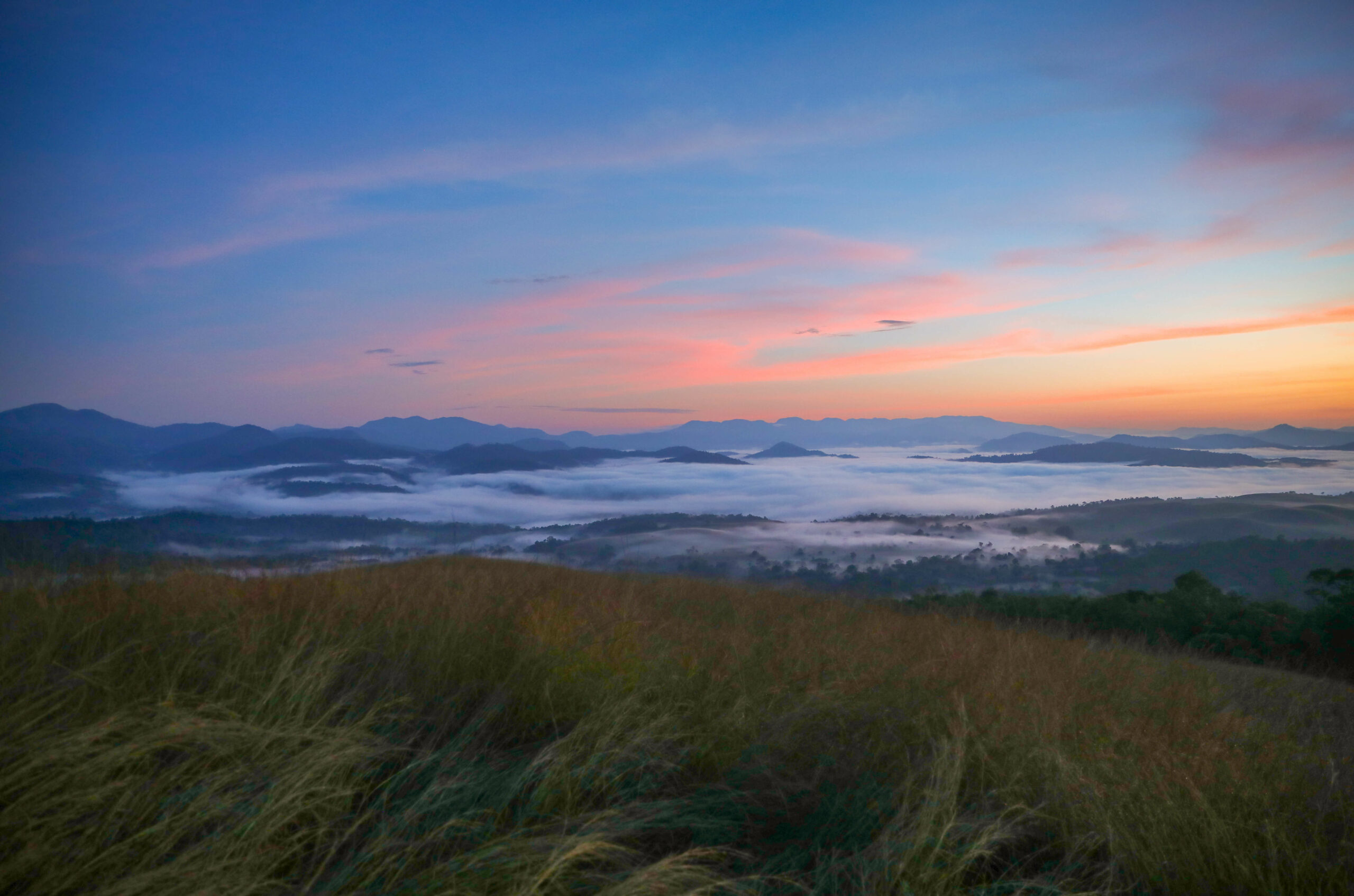
To counter the thirst for development, researchers are monetising the national park in a different way by putting a dollar sign on Virachey’s value as a potential carbon credit project. This in an attempt to prove the protected area may be worth more standing then if felled.
The stakes of this trade-off are high. Dam construction will threaten endangered species by altering river flow and clear-cutting old-growth trees, according to environmentalists. The same leaked papers also indicate one of the dams will create a 215-hectare reservoir, flooding that section of forest.
Conservationists also fear hydropower dams in Virachey may jeopardise hundreds of thousands of dollars’ worth of conservation funding from the U.K. for the sake of “clean” energy, the very definition of which they challenge.
“To build a dam within this valuable area within the national park, you would have to create access roads, cut down trees and disturb wildlife,” said Pablo Sinovas, country director for the international conservation nonprofit Fauna & Flora. “I would not call any energy coming out of that ‘clean’.”
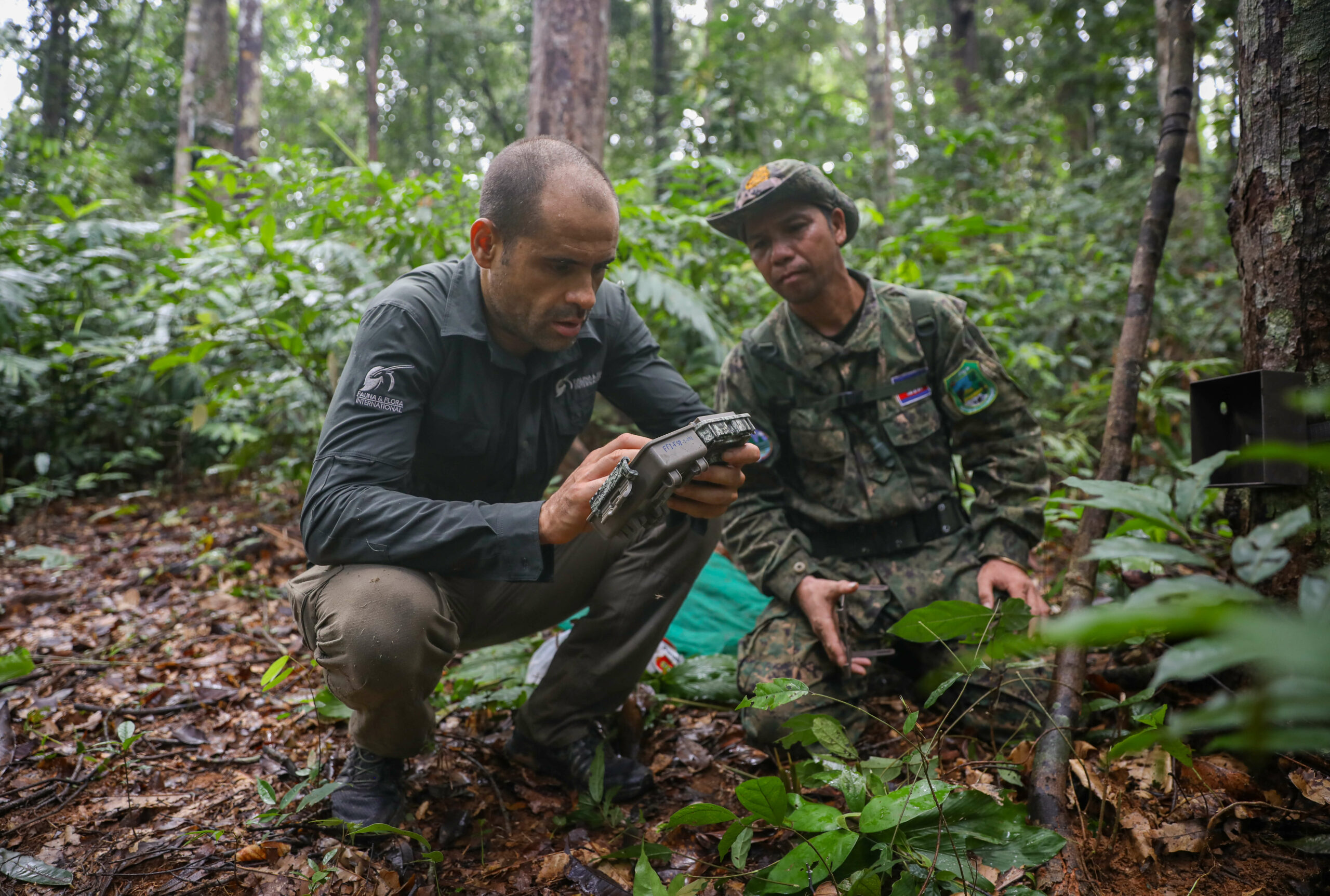
In the three decades since Virachey was made a national park, Cambodia has lost more than 30% of its forest cover. Protected areas, often only safeguarded on paper, have been deeply affected by this large-scale logging.
While Virachey hasn’t gone unscathed, the park’s ruggedness protected it from the brunt of this deforestation. The forest is now known by Sinovas and other wildlife experts as a “final frontier” for biodiversity in the Mekong region, due largely to its transboundary habitat for animals migrating across the triple border.
As development discussions continue behind closed doors, Chou Phanith, an associate professor at the Royal University of Phnom Penh specialised in environmental economics, is calculating how many tonnes of carbon dioxide Virachey can absorb and potentially sell as carbon credits.
In Phanith’s words, “money talks”.
If the forest is monetised before dam construction breaks ground, it could lead to a debate about whether or not Virachey is worth more standing than if toppled for hydropower, Phanith said. He pointed out the dams are being proposed in one of the areas with the highest potential for carbon storage.

“If forest ecosystems do not have any economic value, policymakers and the private sector will always regard forest ecosystems as less important than development,” Phanith said. “We calculate the economic value of a functioning forest ecosystem as part of a win-win strategy, where we don’t always block development but force sustainable and responsible development.”
The dam proposals in Virachey aren’t entirely new. The first published document on energy production in the park dates back to a 2009 master plan for hydropower development in Cambodia, backed by the state-run Japan International Cooperation Agency (JICA).
Miyoshi Asagi, counsellor for the Japanese embassy in Cambodia, said JICA’s involvement with these dam developments ended when the masterplan was published.
In August, JICA announced it is developing a new road map to clean energy for Cambodia. Asagi said she is “aware hydropower plants have lots of debate” and that “there are no projects in the pipeline for hydropower.”
An October report by WWF, released before the World Hydropower Congress this month, found that the ecological toll of dams in the Lower Mekong Basin outweighed the rewards of renewable energy.
The report stated “as hydropower development grows, the cascading nature of its impacts could be wider and more significant than understood today.”
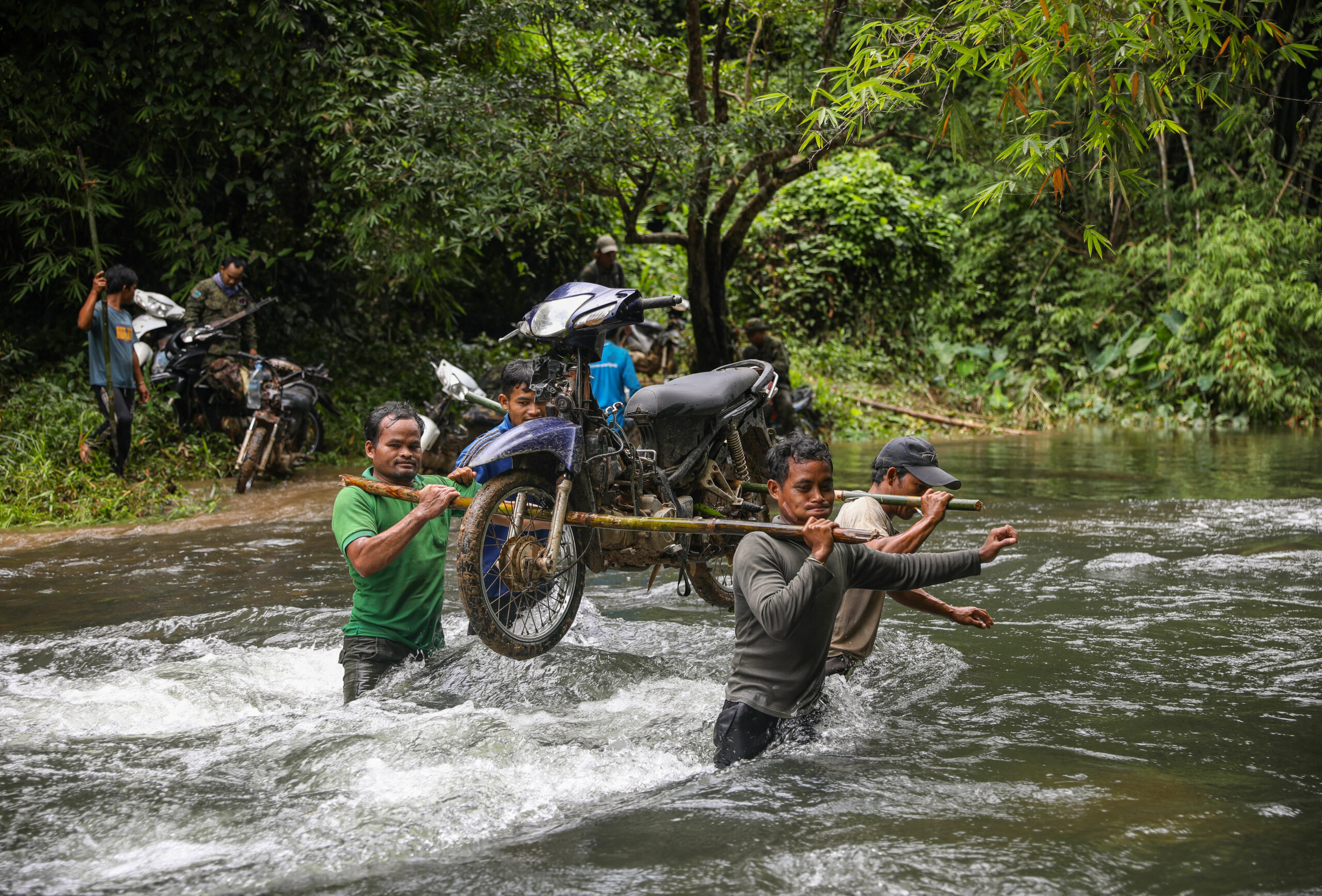
The potential dams in Virachey are located on and named after the Prek Liang River. This waterway is a tributary to the Sesan River, which is part of Cambodia’s “3S River Basin”, itself a major tributary to the Mekong River.
The Mekong is reeling from compounding hydropower pressures, with additional dam developments threatening to further choke off the once-mighty river.
In Cambodia, the government typically provides little transparency for major infrastructure projects. Basic documents such as environmental and social impact assessments are not often made public.
While officials from both the ministries of environment, as well as mines and energy, did not respond to multiple requests for comment, Minister of Environment Eang Sophalleth attended the Cambodia Climate Change Summit in November.
During a question and answer session at the summit, Sophalleth responded to Globe’s inquiry about energy plans in national parks, such as Virachey, by broadly talking about balance and the need to address developments in a “scientific matter”. He then said national security through energy security is a priority.
Sophalleth continued that the ministry “not do things because we feel like doing it”, he said that environmental studies and impact assessments are done “properly… before we decide to do all of this.”
When asked if these documents will be made accessible, he said: “When the public is receptive enough to accept it, to read, to think and to see what we are trying to achieve, yes.”
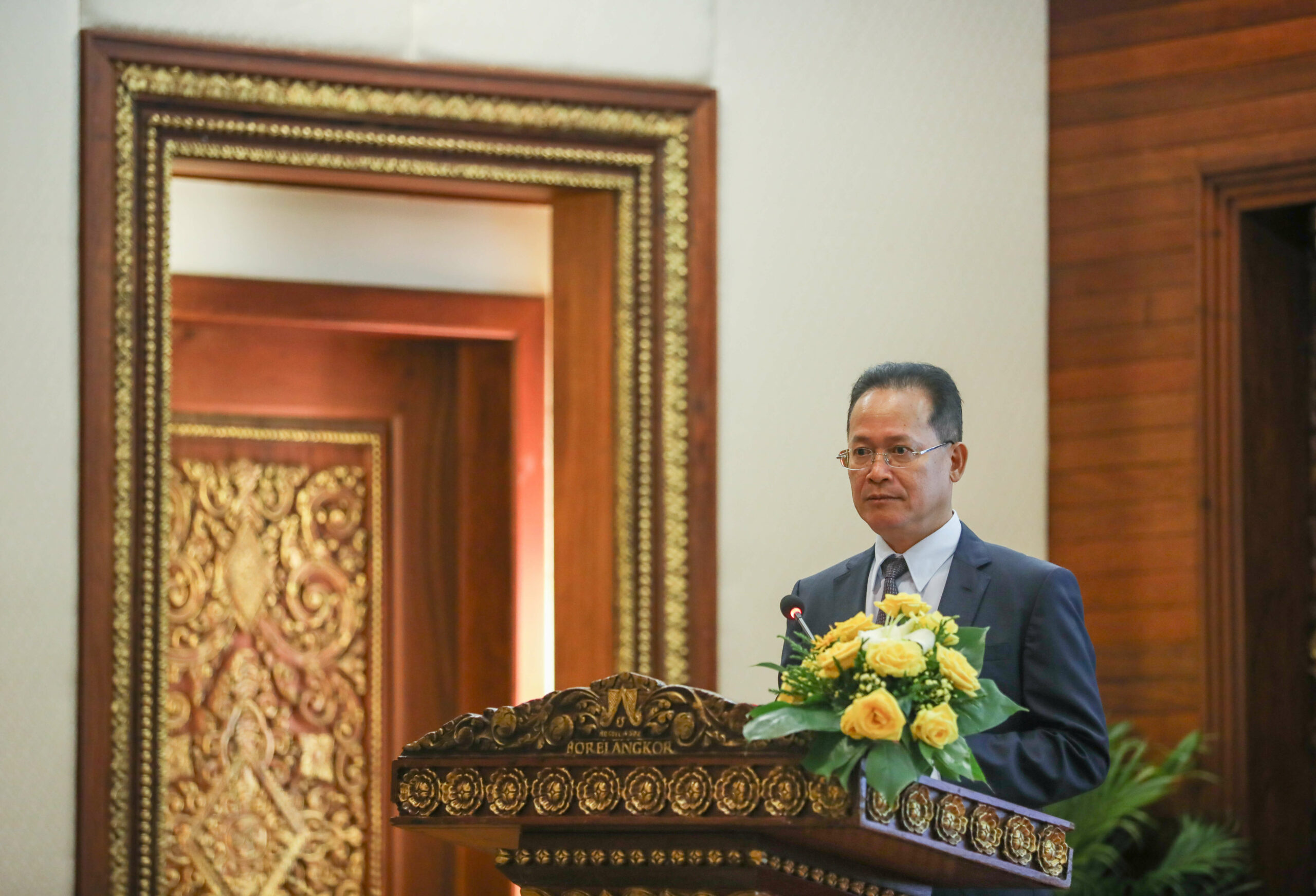
The leaked files reviewed by Globe, which span several years, indicate an opaque web of four potential companies that were at some point involved in the hydropower plans for Virachey.
Three are developers from South Korea – KTC Company, Kyung An Cable and Korean South-East Power – while the fourth is a Phnom Penh-based electrical equipment supplier called Rich-Grid Technologies. None replied to requests for comment and it is unclear which, if any, are now involved with the project.
“These are very sensitive documents,” said Bunleap Leang, director of the local environmental organisation, 3S Rivers Protection Network (3SPN). He said that involved groups prefer to keep potentially controversial plans under wraps. “If the dam is good from the perspective of the government and the developer then, to them, no one else needs to know.”

Plans may be further along than simple discussions. Bunleap said he confirmed through the 3SPN network that hiring at Tabok village, near one of the proposed dam sites, has already begun.
Virachey tumbles from Cambodia’s lowlands up into the biodiversity hotspot that is the Annamite Mountains, explained the conservationist Sinovas, comparing it to “two worlds converging in the park.”
At the time the sites were studied for potential hydropower, little to nothing was known about the effect these developments would have on biodiversity and forest health, Sinovas noted. But that’s changed in the 15 years since.
“As we started to understand more and more about what was in the park we are realizing its conservation is critical for Cambodian and regional biodiversity,” said Sinovas.
Fauna & Flora has set up roughly 140 camera traps within Virachey, documenting the critically endangered sunda pangolin, northern yellow-cheeked gibbon and a half-dozen other threatened species.
The national park is also the first place large-antlered muntjacs were recorded in Cambodia and is the last possible refuge for kouprey, the Kingdom’s national mammal, which has not been seen in decades.
“Virachey is one of those areas where deforestation levels have been much lower. That is partly why we have all of this wildlife,” Sinovas said. “Doing anything to damage that would not be in the national interest of Cambodia.”
He added the immediate impacts of construction are backed with longer-term threats such as poaching, illegal logging and other forest crimes common in Cambodia’s more accessible protected areas.
Earlier this year, the U.K. embassy in Phnom Penh confirmed about $730,000 is earmarked for Virachey as part of Britain’s global Biodiversity Landscape Fund.
Marc Thayre, deputy head of mission at the embassy, said the “vast majority of the funding” for the Mekong region is bound for Virachey.
“This is designed to increase the value of the park as a park itself,” said Thayre, who hoped the funds “realign the idea of what an asset is” by putting more value to the forest if left standing then if exploited.
Thayre shifted in his seat when asked about the proposed dams.
“If you want to tackle issues, like climate change and biodiversity, then you have to work in all places in the world with all governments,” he said. “We have to be honest with ourselves about the challenge and tradeoff between environment and development. There will always be some tension there.”
He also pointed to the conflict between “building things in national parks” and the “challenge of local communities not having power.”
“The world changes all the time,” he said. “There are always exit strategies written into any programs we do anywhere in the world. I hope that won’t be the case.”
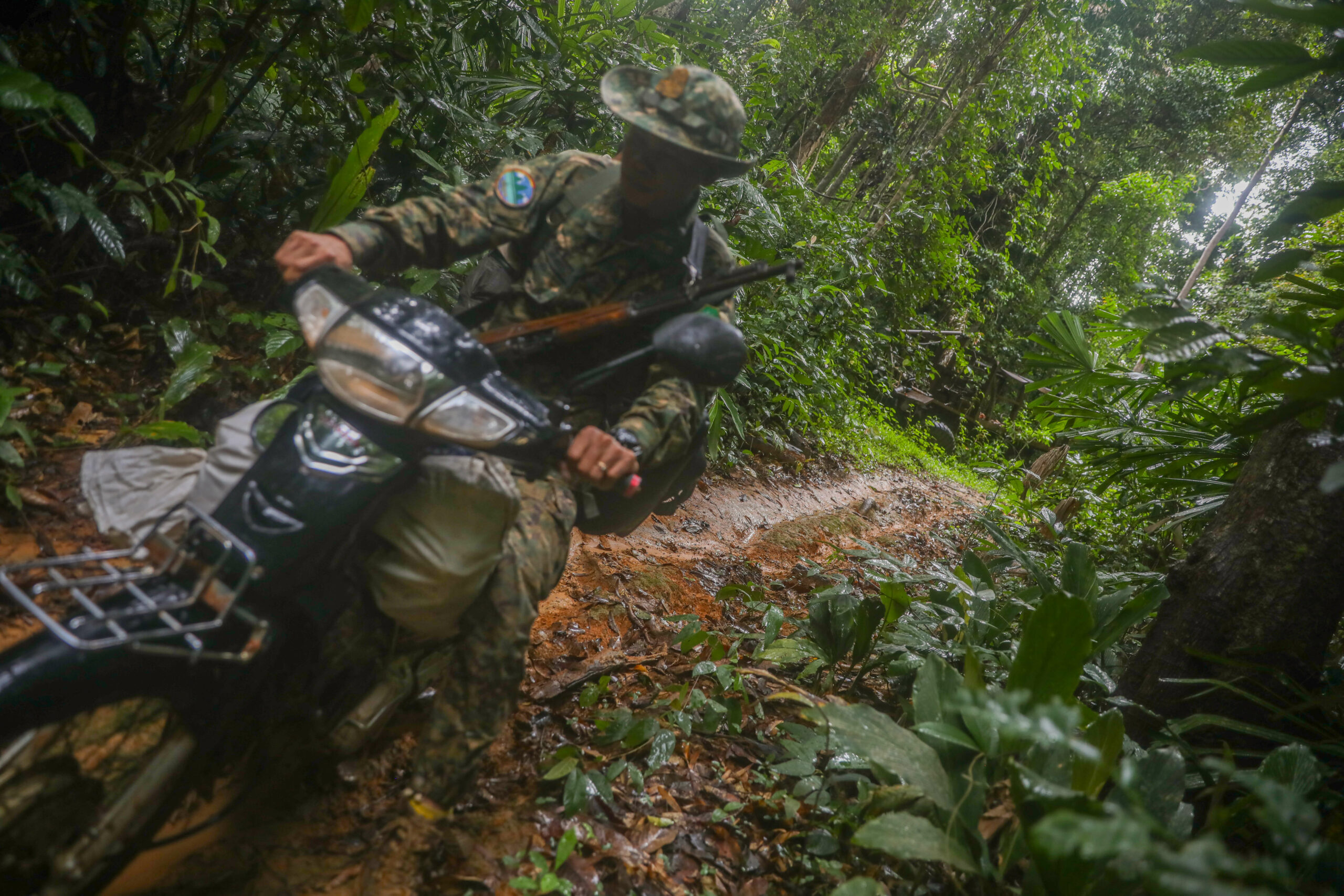
Cambodia’s hunger for development has recently been joined with a craving for carbon credits.
Such credits are intended to limit emissions by preventing deforestation in places that might otherwise be vulnerable to development, such as Virachey. Major polluters then offset their fossil fuel emissions by essentially sponsoring the protection of these forests through carbon credit purchases.
In recent months, Cambodia’s carbon credits have come under scrutiny that goes beyond global questions over the effectiveness of credits as a whole.
The largest registered carbon credit zone is facing allegations of human rights abuses from the global advocacy group Human Rights Watch. In response, the world’s leading carbon credit registry service, Verra, suspended issuing new credits to the Southern Cardamoms REDD+ project.
Cambodia’s appetite to sell carbon credits, however, remains unsatisfied.
With the ASEAN Centre for Biodiversity, Phanith studied the feasibility of REDD+ sites in Cambodia and found about 40% of the Kingdom’s total landmass – about 79,200 square kilometres – could be considered for carbon credits.
Virachey stands as one of the top carbon credit prizes.
In research conducted for the centre and viewed by the Globe, Phanith identified three core areas within Virachey with an estimated total carbon storage capacity of 28 million tonnes.
Phanith calculated credits for the park could be worth more than $200 million in total if left as is, depending on the market rate for carbon. He stressed this didn’t even begin to factor in the benefits of healthy hydrology, biodiversity and other ecosystem services.

If the proposed dams are built, they’d be in one of the three core areas identified by Phanith.
“If you want to develop Virachey into hydropower dams, or whatever, make sure the economic value is more than [the cost of carbon]. If it is, go ahead,” he said. “But be willing to pay [that] anyways to offset.”
But dollar signs can’t account for everything.
Forty seven rangers are assigned to Virachey, many are from the indigenous groups who live in the park.
Several are from the approximately 60,000-strong Brau ethnic minority group from Cambodia, Laos and Vietnam. To them, Virachey is more than a carbon sink or a potential energy source.
While on patrol, indigenous rangers laughed as they encouraged Globe reporters not to kill the leeches sucking on their arms, legs, neck and right ear. They called it a “forest tax” owed to Virachey. Instead of killing the leaches, rangers smoked tobacco-leaf cigarettes to ward off the blood-suckers.
As the patrol ended for the day, a shivering breeze swept in as the sunset painted the Veal Thom grasslands gold.
Sra Er, who is Brau and leads Virachey’s Taveng Ranger Station, said to set alarms for 2 a.m. for star-gazing.
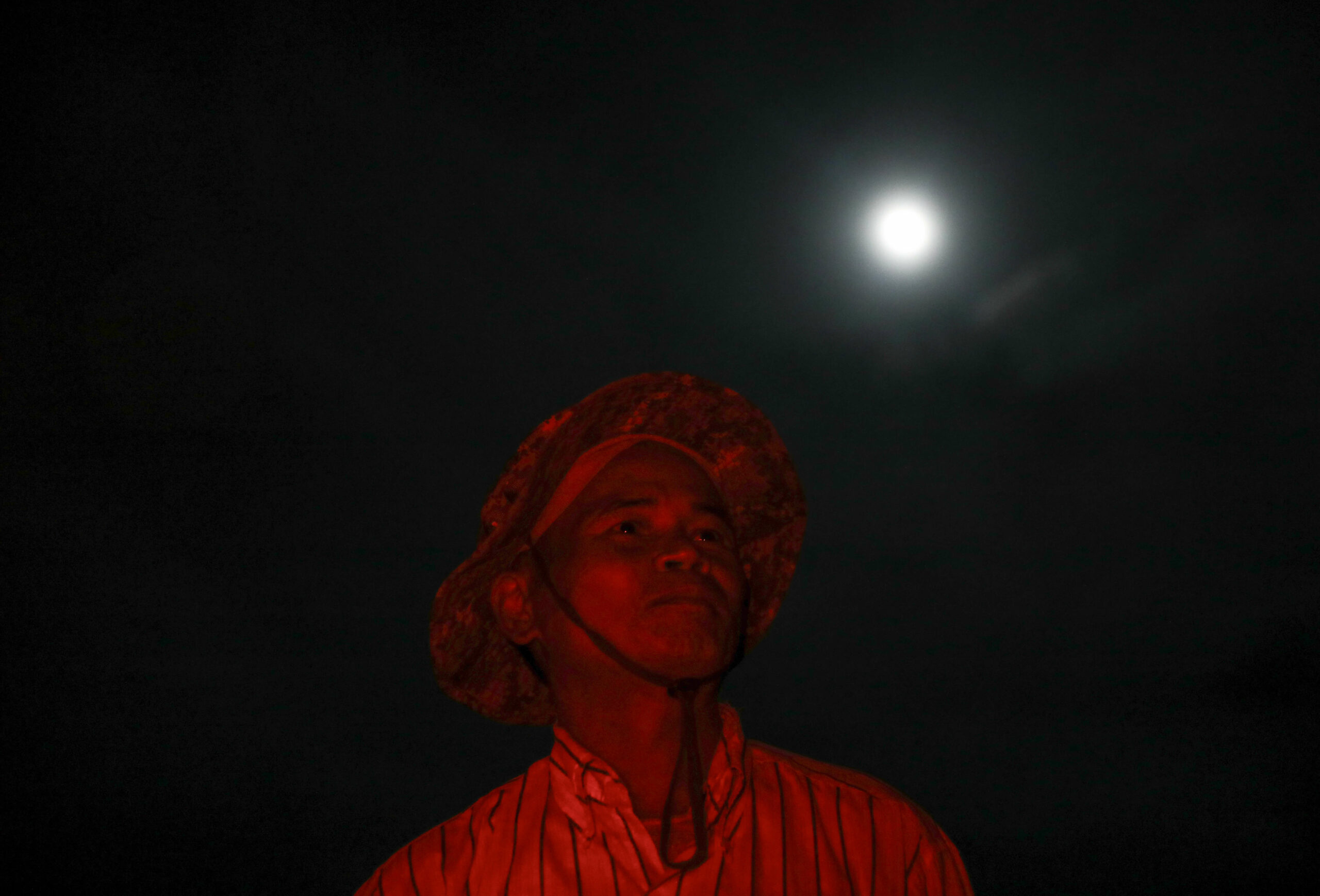
When the time rolled around, Er was embarrassed.
The night sky was shielded by overcast clouds and the moon’s glare. To make up for the miserably early morning, Er unscrewed a gasoline canister filled with homemade rice wine.
Under the red glow of a headlamp as he sipped the spirit, Er spoke about the Brau peoples’ connection to Virachey, which he said was the reason he became a ranger.
When asked about potential dams in the park, he grew silent and shook his head.
“We care about Virachey and we protect the park from what we can,” he said.
This article was produced by a collaboration between The Japan Times and Southeast Asia Globe, with support from The Pulitzer Center’s Rainforest Investigations Network.
A Khmer-language version of this story can be found here, with translations by Sophanna Lay and Nasa Dip.
